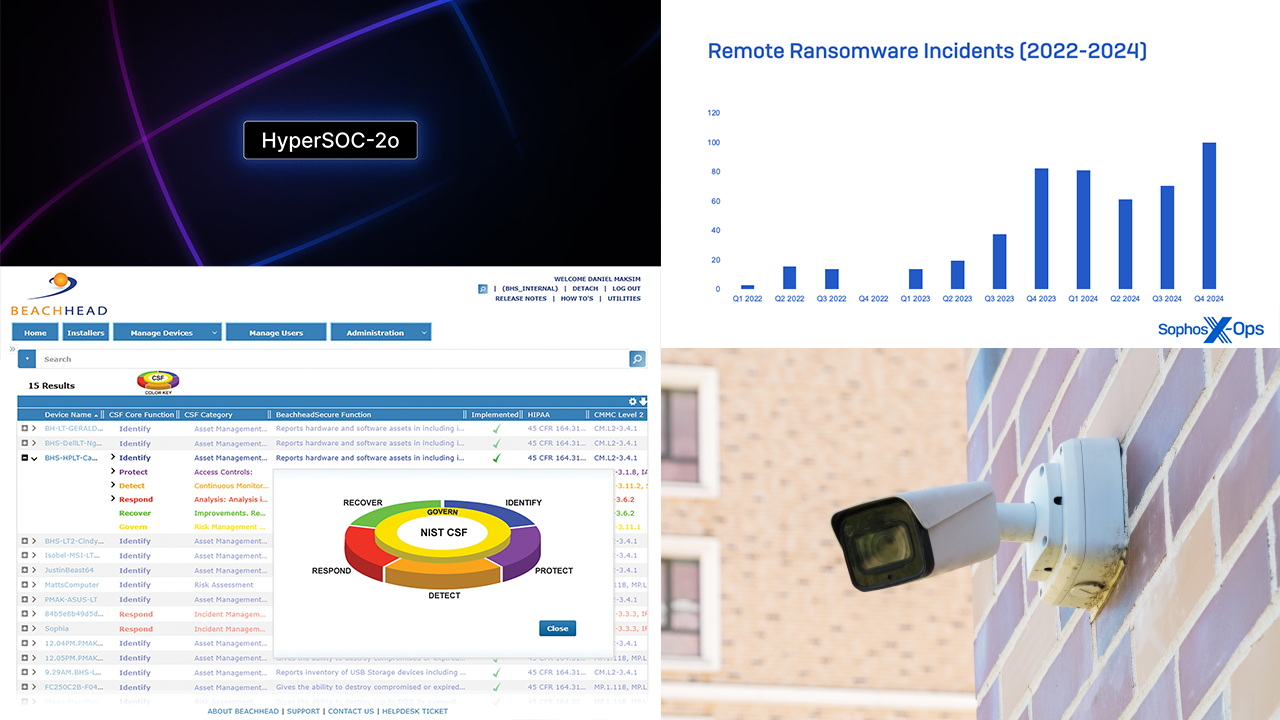The collective tension felt by IT departments these days is palpable. Overwhelmed by an avalanche of tickets, security threats, and the complexities of remote work, channel professionals are experiencing IT burnout at alarming rates.
That said, a powerful ally has emerged: artificial intelligence. When implemented correctly, AI can be the lifeline IT teams desperately need to fight burnout. In fact, research from Ivanti showed that 76% of IT professionals say AI and automation can help decrease ticket volume and provide better service.
But there’s room for improvement. Data silos, corporate misalignment, and muddy security practices stand in the way of effective AI adoption for many organizations.
How to Turn AI Hurdles into Opportunities
To fully leverage the advantages of AI, organizations should proactively address the following challenges before implementation:
Challenge 1: Dismantle Data Silos
- AI can’t provide valuable insights if the data it’s based on is incomplete or inaccurate. If most of your data is siloed, why would you train your AI on only a partial view of the bigger picture? Fragmented data significantly hinders the effectiveness of AI. For example: 63% of IT and security professionals say siloed data slows security response times.
- 54% report data silos weaken their organization’s security posture.
By dismantling data silos and creating a unified view of IT and security data, AI tools have the comprehensive information they need to operate effectively and reduce workloads.
Challenge 2: Bridge the CIO-CISO Divide
Misalignment at the top creates friction in day-to-day operations, with CISOs and CIOs pursuing disparate and often conflicting priorities. Unless they work together, there’s a serious risk of exploitable gaps and extra, unnecessary workload.
First, it’s important to reach a shared understanding of the organization’s security risk tolerance. From there, CIOs and CISOs can work to streamline workflows across IT and security teams using AI in a secure manner.
Challenge 3: Create a Documented AI Strategy
Nearly one in three organizations have no documented strategy to address generative AI risks — a serious oversight. Further, 66% of IT workers say they use publicly available generative AI tools like ChatGPT, but oversight of these tools is often missing or incomplete. Given that IT professionals work with sensitive data and systems, an AI strategy that addresses potential threats along with AI guardrails needs to be put in place to guide professionals on its usage.

Robert Grazioli
Challenge 4: IT Burnout
About 23% of IT professionals reported that a colleague resigned due to burnout. AI and automation can alleviate the collective tension felt by IT teams responsible for maintaining increasingly complex technological infrastructure by automating routine tasks that don’t require human involvement.
To realize their potential, these tools need to be more widely adopted by IT teams. Research from Ivanti showed that although 76% of IT professionals say AI and automation can help decrease ticket volume and provide better service, adoption rates are low.
AI as a Major IT Supporter
Are these challenges easy fixes? Not necessarily.
Are they worth fixing? Absolutely.
Even if you weren’t focused on AI adoption, these challenges can make a significant difference in your security posture and operational effectiveness. Alleviating the burden on IT is a major bonus.
AI can support IT in many ways, including:
- Automate Tasks: AI can take over mundane activities like password resets and basic troubleshooting. This frees IT staff to handle more strategic work.
- Enhance Threat Detection: 46% of IT and security professionals view AI as a net positive for security, with its ability to rapidly identify and respond to emerging threats.
- Predictive Analytics: AI can forecast potential system failures and security vulnerabilities. This allows proactive maintenance and reduces crisis-driven work.
- Optimize Workflows: AI can refine IT processes and resource allocation by analyzing patterns in ticket data and user behavior.
Next Steps for MSPs
AI isn’t a magic bullet; it must be implemented and managed with complete clarity of potential caveats. Here’s a snapshot of your framework for success:
- Develop comprehensive, clear AI strategies and guardrails to ensure everyone is on board. Start by assessing where you are now and ask key stakeholders what they need.
- Break down silos between IT and security, focusing on cross-collaboration and alignment.
- Upskill IT teams so they’re prepared to leverage AI securely and effectively.
Done right, AI is a powerful ally that can transform IT operations, boost productivity, and give burned-out tech professionals the breathing room they desperately need.
Robert Grazioli is CIO and senior vice president of Ivanti.
Featured image: DALL-E














